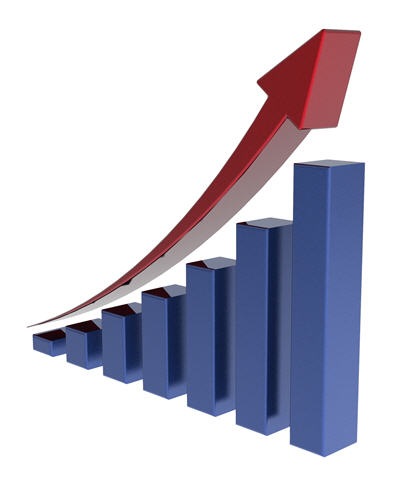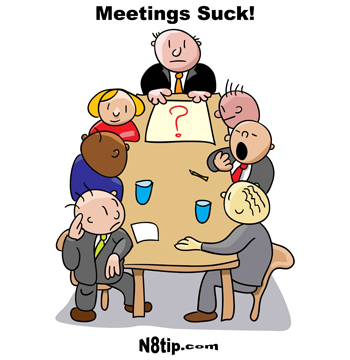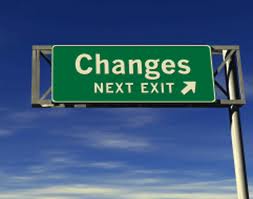Riding The Wheel Of Life
As I come back from an EO Insignia and Quantum Leap conference in Park City, Utah, I carry with me some great experiences. This conference brings all the segregated forums together to have time to interact with each other and gain a personalized approach to the EO experience. Insignia is for people with 7 years or more in EO, and Quantum Leap is for those with $15-million or more in revenue. We get time with the large group as well as with our own forum, which includes a coach to take us through exercises.
Our coach, Phil Kristianson, incorporated some adjustments and tools worth sharing. One, the Wheel of Life, allows you to look at the key areas of your life and rate them by how satisfied you are with that area. These include family, significant other, health, career, finances, relationships, spirituality, and adventure or fun. See the form here and print it out and try it for yourself.
When you fill this out, you see the areas where you are lacking fulfillment in life and where you are fulfilled. With that awareness and some introspection, you can create goals based around the areas you should be focusing on in order to better your life. If you go around the circle and find it to be up and down like a roller coaster, your life may not be as balanced as you may optimally like. Thus, an effort can be made to balance it out.
These types of exercises help us to understand one another in the forum. We get to know each other and our areas of strength or weakness, so we can share experiences and changes to help one another in those areas. This is a key aspect of forum: to get help and see if you are being real with where you are and how you are getting where you are going.
How balanced are the areas of your life? Do you have a peer or peer group helping you strive to improve?




 time! One of the islands,
time! One of the islands, 


